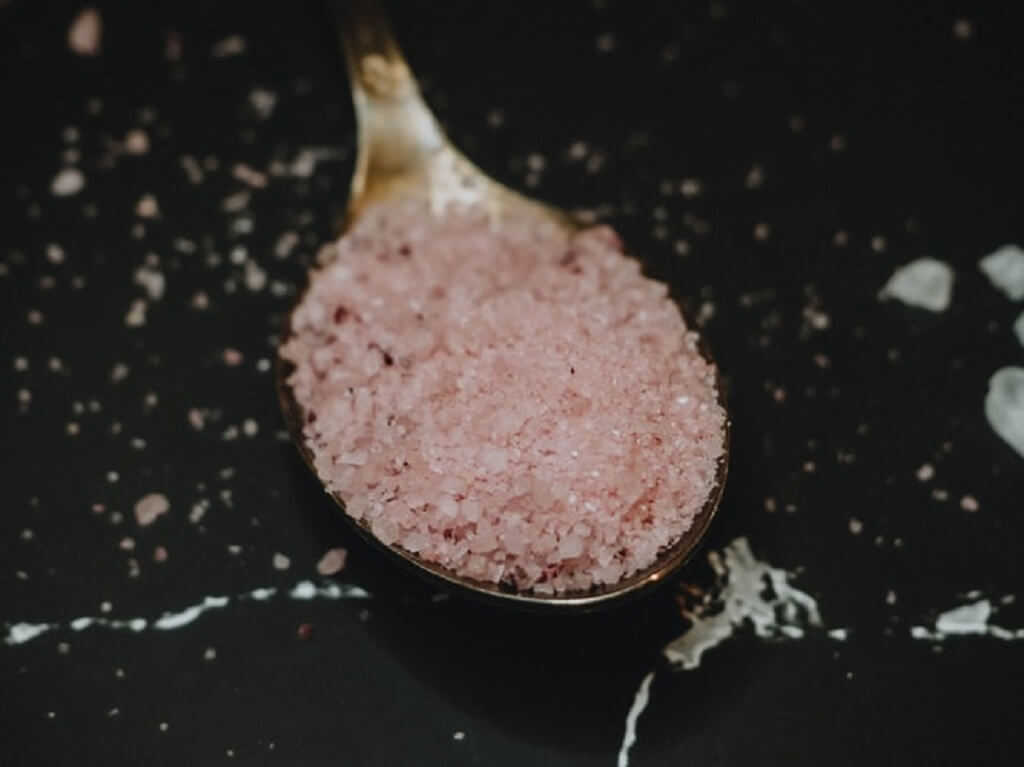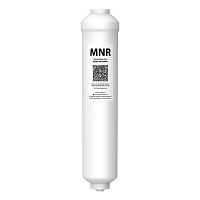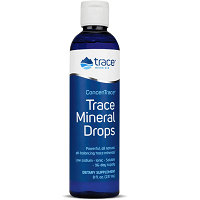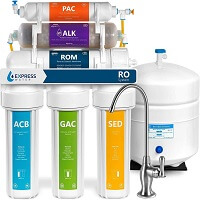The thought of remineralizing your RO filtered water probably never even crossed your mind. In fact, what is remineralized water? Those of you who utilize a Reverse Osmosis unit on a regular basis have probably heard the phrase “remineralized RO water”, especially when you want the most benefits for your investment. This is an essential phase of RO water production, simply because of how the process of RO works. Essentially, when Reverse Osmosis water is created, essential minerals are removed alongside contaminants. When the human body isn't receiving essential nutrients from sources such as drinking water, there can be serious ramifications to follow. This is why it is more than important to understand the process of remineralizing pure water, in order to keep your body in good fighting shape.
The undeniable fact remains, Reverse Osmosis systems are the most effective methods by which you may filter and purify drinking water. Not only is it capable of removing up to 99% of all contaminants and dissolved solids commonly found in tap water, it's also the most popular choice for residential water filtration on a large scale. Once your RO filtered water has been through the stages of remineralizing, you will be left with the healthiest, safest, and cleanest water available to anyone. Don't let naysayers get you down, in most cases, your body will not demand minerals sourced from drinking water, so please don't let that be a determining factor for or against.
The Health Risks Associated with RO Water
Reverse Osmosis purification systems are a great option when you need serious filtration capabilities, in order to remove harmful contaminants from drinking water. The only downside to this type of water filter is that it removes everything from your water source, even the good. This means electrolytes, and helpful minerals are also taken from water. Over time you are essentially flushing your body of essential electrolytes, rather than replace them. As the body goes on depleted electrolytes, it will be unable to properly hydrate itself regardless of the amount of water consumed.
The Solution: Remineralizing Filtered Water
The process of remineralisation involves the fortification of water with essential minerals such as calcium, magnesium, and sodium. This provides healthy drinking water, in order to give the body the minerals and electrolytes the body requires to operate properly. What are these minerals, and why do our bodies require them?
-
Calcium
Healthy bones and teeth require the availability of calcium throughout the human body. An increase in health trends and intolerance to lactose means a reduced consumption of milk restricts our intake of calcium. Deficiencies can lead to various diseases and issues, including osteoporosis.
-
Magnesium
The body relies on magnesium as a cog to complete over 300 functions throughout the body. These actions include the transportation of the body's energy, which can result in fatigue should the body begin lacking magnesium.
-
Sodium
Nerve impulse transmission, the regulation of blood pressure, and nutrient transport, as well as digestion, rely upon sodium. It also plays a vital role in the control of water retention and proper absorption. When you consider that the human body is comprised of up to 60% water, that's a pretty serious function.
Quench Thirst with Remineralized Water
Our body completes a function of replenishing itself through electrolytes, something RO water is severely lacking. In order to prevent a deficiency, and continue supporting the body, the act of remineralizing water can reintroduce electrolytes into drinking water. This further enables our body to complete absorption properly.
Remineralized water is also ionized through the act of adding minerals, and thereby raising overall pH levels. Basically, water is made up of clusters comprised of 16 h2o clusters.
Ionized water, on the other hand, is a lot smaller, comprised of 8 or less molecules. The human body can utilize ionized water in a quick manner, through rapid hydration that spreads throughout the body.
Enjoy Better Tasting Water Through Remineralization
The act of purifying water ensures all of the undesirable contaminants and solids are removed, as well as some of the minerals. Because we are used to consuming water that's tinged with the flavor of additional substances, it can seem like a turn off to down a glass of RO water. When water is remineralized, the minerals and salts that are once again introduced, balance out the flavor once again. This means, not only are you enjoying completely purified water, but you aren't missing out on the benefits and flavors these minerals were contributing. If you are a coffee lover, you can also rejoice. Filtered water and spring water are among the top favored water sources when brewing coffee. With remineralized water, you can once again enjoy the broad flavor of a cup of coffee, that RO water had it lacking.
Filtration methods, such as Reverse Osmosis, are far from posing a threat to your overall health – in fact it's far from it. Purification removes dangerous viruses, toxins, and heavy metals that can be detrimental to your livelihood and longevity. It is a far better practice to strip tap water of all things negative, and add minerals back for the perfect glass of drinking water, than to take the risk of consuming water straight from your faucet. Provide your family with the safest, healthiest water mankind can offer, with remineralized RO water. But first, how can you complete this task at home?
A Quick Guide to Remineralizing RO water
Alkaline Filter
A simple way to ensure remineralization of purified water, is to utilize an alkaline filtration stage after the RO system. This reintroduces calcium, magnesium, and potassium into purified water. While it tends to cost more than other forms of remineralization, it is an easy method that doesn't require much hands on effort to complete.
Himalayan Salt
It might seem amazing to realize there are around 84 trace minerals contained in Himalayan salt. This makes it an easily obtainable source for remineralizing your RO water at home. A few of these crucial minerals include calcium, magnesium, potassium, and sodium. However, before you go about remineralizing your water at home with Himalayan salt, there is an important aspect to consider first. When used properly, it provides an affordable way to provide essential nourishment your body needs, while also neutralizing acidity.

Trace Mineral Drops
Aside from making your water more alkaline, Trace Mineral drops are capable of improving the overall flavor of your RO water. By simply adding Trace Minerals, you will be utilizing the quickest, most simple methods in adding minerals back into your drinking water. This product is found in most supermarkets, at an affordable price anyone can afford.
Installing a Remineralization Stage
Many of the top RO systems provide an integrated remineralization stage, in order to provide the most well-rounded Reverse Osmosis water for human consumption. This means you are getting the minerals and salts that were previously stripped from the water, without additional stages or work on your part. Waterdrop, for example, provides a filter that easily remineralizes your water during the process of filtration. If you aren't currently in possession of an RO system, with means of remineralization, rest assured there are several affordable solutions to right the ship.
The process of installing an additional Alkaline stage does not need to be difficult or extremely intricate. This can be completed by contacting a professional or, for DIYers or weekend warriors, on your own with proper tools. If you haven't conquered your first plumbing project, though, it his highly advisable to reach out to a professional who is used to doing this type of work. Otherwise, you may jump on YouTube to locate a few helpful videos – avoiding costly mistakes in the long run. Regardless of how you get it done, your family will quickly benefit from the act of remineralizing essential salts and minerals for good health.






